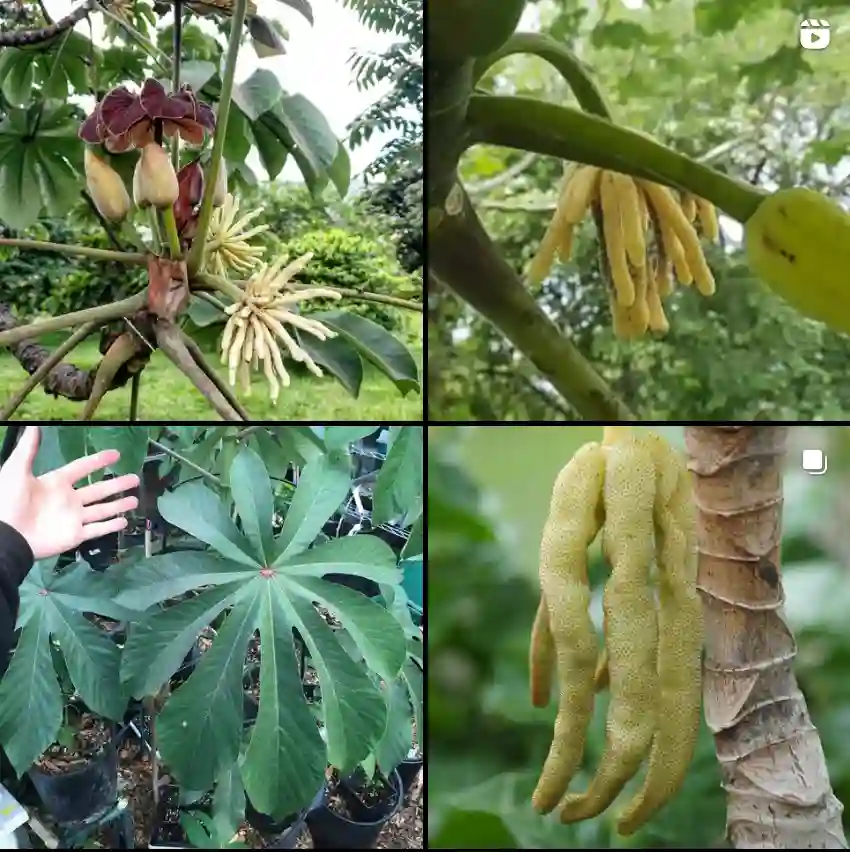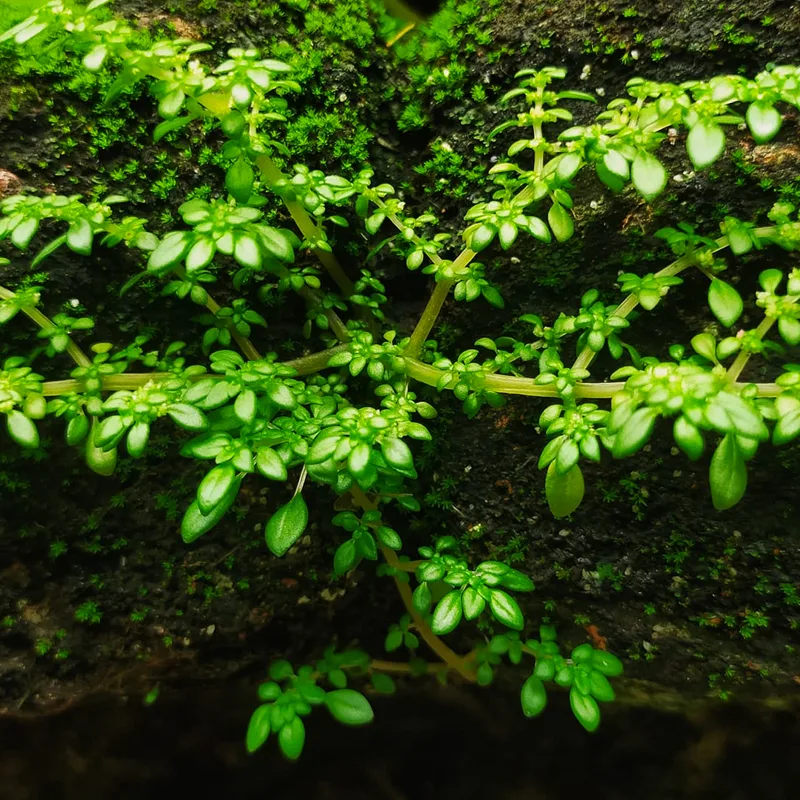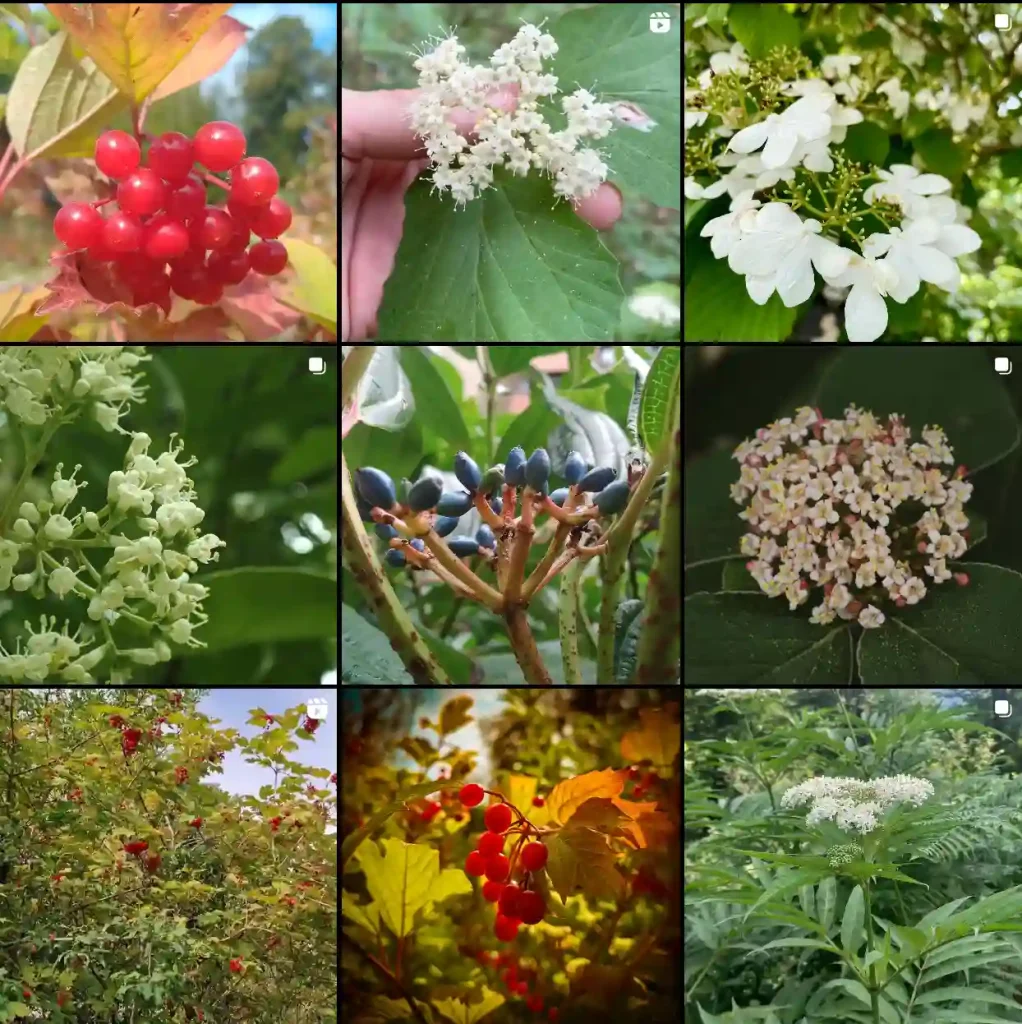Exploring the Beauty of Dischidia Ovata
Hello, fellow plant enthusiasts! I’m Ferb Vu, and today I’m excited to share with you my passion for Dischidia Ovata, a stunning plant species that has captured my heart with its unique characteristics and beauty. Join me on this journey as we delve into the world of Dischidia Ovata and learn more about how to care for, propagate, and appreciate this delightful plant.
128 Species in Genus Dischidia
What is Dischidia Ovata?
Dischidia Ovata, also known as the “Watermelon Dischidia” or “Watermelon Dischidia”, is a member of the Apocynaceae family, native to Southeast Asia. This charming succulent vine is characterized by its thick, fleshy leaves that resemble miniature watermelons, hence its delightful nickname. With its trailing growth habit and tiny white flowers, Dischidia Ovata adds a touch of whimsy and greenery to any indoor or outdoor space.
Dischidia Ovata vs Peperomia Quadrangularis
I’ve had both Dischidia Ovata and Peperomia Quadrangularis in my collection, and they each bring something unique to the table. Dischidia Ovata, with its charming round leaves, really thrives in a hanging basket or mounted setup. I love the way its trailing vines cascade gracefully, giving my space a touch of lushness. On the other hand, Peperomia Quadrangularis is more compact and has this fascinating geometric pattern on its leaves that always draws comments from visitors. It’s more forgiving when it comes to lighting conditions, making it a bit easier to care for in my indoor garden. Both are fantastic, but if I had to choose based on ease of care and visual impact, Peperomia Quadrangularis would get my vote.
How to Care for Dischidia Ovata?
Caring for Dischidia Ovata is relatively straightforward, making it an ideal choice for both novice and experienced plant lovers alike. Here are some essential tips to ensure your Watermelon Dischidia thrives:
- Light: Dischidia Ovata prefers bright, indirect light. Avoid placing it in direct sunlight for extended periods, as this can scorch its leaves.
- Watering: Allow the top inch of soil to dry out between waterings, then water thoroughly, ensuring excess water drains away. Overwatering can lead to root rot, so err on the side of underwatering.
- Humidity: Dischidia Ovata appreciates moderate to high humidity levels. Mist the leaves occasionally or place a humidifier nearby to create a humid environment.
- Temperature: Maintain temperatures between 65°F to 85°F (18°C to 29°C). Protect the plant from cold drafts and sudden temperature fluctuations.
- Soil: Use a well-draining potting mix designed for succulents or orchids to prevent waterlogged roots.
- Fertilizing: Feed your Dischidia Ovata with a balanced liquid fertilizer diluted to half strength during the growing season (spring and summer). Avoid fertilizing during the dormant winter months.
How to Propagate Dischidia Ovata?
Propagating Dischidia Ovata is a rewarding experience that allows you to expand your plant collection and share the beauty of this species with others. Here’s how you can propagate your Watermelon Dischidia:
- Stem Cuttings: Using a clean, sharp knife or scissors, take a cutting from a healthy, mature stem. Ensure the cutting is at least 3-4 inches long and includes several nodes. Remove any leaves from the lower portion of the cutting to expose the nodes.
- Rooting Hormone: Optional but recommended, dip the cut end of the stem cutting into rooting hormone powder to encourage root development.
- Potting Mix: Prepare a well-draining potting mix using perlite, sand, or vermiculite. Plant the cutting into the soil, ensuring the nodes are buried, and gently press the soil around the stem to provide stability.
- Moisture and Light: Place the pot in a bright, indirect light location and keep the soil consistently moist, but not waterlogged. Covering the cutting with a plastic bag or placing it in a propagator can help maintain high humidity levels and promote root growth.
- Patience and Care: It may take several weeks for roots to develop. During this time, monitor the cutting regularly and mist it occasionally to prevent dehydration. Once roots have formed, you can gradually acclimate the new plant to its permanent growing conditions.
What to Plant with Dischidia Ovata?
Dischidia Ovata’s trailing growth habit and charming foliage make it an excellent companion plant for various species. Consider pairing it with:
- Hanging Baskets: Plant Dischidia Ovata in a hanging basket alongside other trailing plants like String of Pearls (Senecio rowleyanus) or Spider Plant (Chlorophytum comosum) for a lush, cascading display.
- Terrariums: Create a miniature forest scene by incorporating Dischidia Ovata into a terrarium alongside ferns, mosses, and miniature orchids. Its compact size and low-maintenance nature make it an ideal choice for terrarium environments.
- Vertical Gardens: Incorporate Dischidia Ovata into a vertical garden arrangement, pairing it with other epiphytic plants like Tillandsia and Rhipsalis for a stunning living wall display.
Why Choose Dischidia Ovata?
In conclusion, Dischidia Ovata is a captivating plant species that offers beauty, versatility, and ease of care. Whether you’re a seasoned plant enthusiast looking to expand your collection or a beginner searching for a low-maintenance green companion, the Watermelon Dischidia is sure to delight with its charming appearance and resilience. So why not add a touch of tropical flair to your indoor or outdoor space with this delightful succulent vine? Happy planting!
If i die, water my plants!



